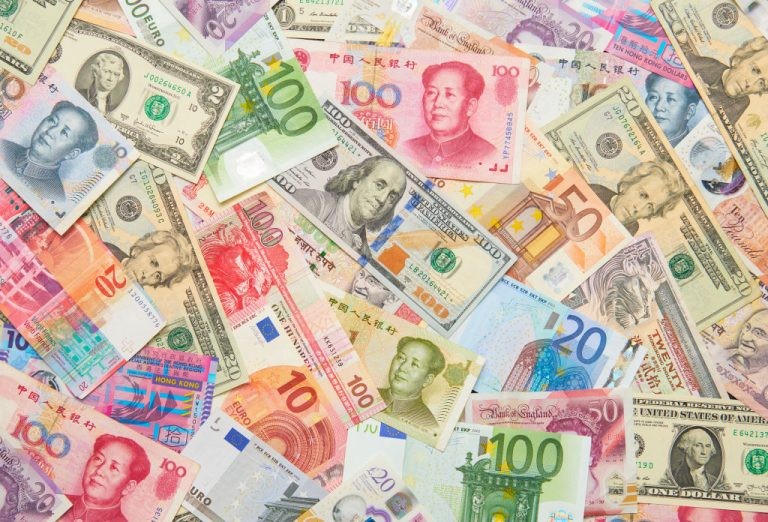In the intricate world of international crime, alliances often form between seemingly disparate groups. One such powerful and lucrative collaboration is between Chinese organized crime syndicates and Mexican drug cartels. This partnership primarily revolves around the laundering of massive amounts of money generated from drug trafficking. This article delves into the mechanisms, impact, and countermeasures associated with this alliance, shedding light on how Chinese organized crime facilitates the laundering of Mexican cartel money.
The Nexus of Chinese Organized Crime and Mexican Drug Cartels
Chinese organized crime syndicates, such as the Triads and Tongs, have long been involved in a variety of illicit activities, including drug trafficking, human trafficking, and money laundering. Mexican drug cartels, such as the Sinaloa and Jalisco New Generation Cartels, dominate the global drug trade, particularly in North America. The convergence of these two powerful entities has created a sophisticated and resilient money laundering network.
Motivations for Collaboration
- Mutual Benefit: Chinese organized crime groups provide money laundering services, which are crucial for Mexican cartels to legitimize their drug profits. In return, they receive substantial fees and sometimes access to narcotics to distribute in Asia.
- Expertise in Laundering: Chinese crime syndicates possess sophisticated methods and networks for moving large sums of money across borders, making them invaluable to drug cartels.
- Global Reach: Both groups operate transnationally, allowing them to exploit global financial systems and regulatory loopholes.
Mechanisms of Money Laundering
The process of laundering drug money involves several complex steps designed to obscure the illicit origins of the funds and integrate them into the legitimate economy. Key methods used by Chinese organized crime to launder Mexican cartel money include:
Trade-Based Money Laundering (TBML)
- Over- and Under-Invoicing: By manipulating invoices, criminals can move money across borders while appearing to engage in legitimate trade. Goods may be under-invoiced to transfer value from one country to another.
- Phantom Shipments: Invoicing for non-existent goods allows large sums of money to be transferred without the need for actual products to change hands.
Cryptocurrency
- Anonymity and Speed: Cryptocurrencies offer anonymity and rapid transfer capabilities, making them ideal for laundering money. Criminals convert drug proceeds into cryptocurrencies, which can be moved across borders with minimal detection.
- Mixers and Tumblers: These services obscure the origins of cryptocurrency transactions, making it difficult for law enforcement to trace the flow of illicit funds.
Underground Banking Systems
- Hawala Networks: Traditional systems like hawala enable the transfer of money without physical movement. Money is handed over to a hawala broker in one country and a corresponding amount is paid out by another broker in a different country.
- Chinese Underground Banking: Similar to hawala, these networks involve brokers who transfer funds globally, often using legitimate businesses as fronts.
Shell Companies and Real Estate
- Front Companies: Shell companies, often set up in jurisdictions with lax regulatory oversight, provide a façade of legitimate business activity while laundering illicit funds.
- Real Estate Investments: Purchasing properties allows criminals to invest large sums of money and later sell these assets to integrate clean money into the economy.
Impact on Global and Local Economies
The collaboration between Chinese organized crime and Mexican drug cartels has far-reaching implications:
- Economic Distortion: Illicit funds can distort local economies, inflating property prices and creating unfair competition for legitimate businesses.
- Funding Further Criminal Activity: Laundered money often funds additional criminal enterprises, perpetuating a cycle of crime and violence.
- Undermining Financial Systems: The integrity of global financial systems is compromised as large sums of illicit money flow through them, challenging regulatory frameworks and anti-money laundering measures.
Countermeasures and Law Enforcement Strategies
Combating the laundering of Mexican cartel money by Chinese organized crime requires a multifaceted approach:
International Cooperation
- Cross-Border Collaboration: Law enforcement agencies must collaborate internationally to share intelligence and coordinate efforts against transnational crime networks.
- Joint Task Forces: Establishing joint task forces that include representatives from affected countries can enhance the effectiveness of operations and investigations.
Enhanced Regulatory Measures
- Stringent AML Regulations: Strengthening anti-money laundering (AML) regulations and ensuring rigorous enforcement can deter criminal activities. This includes requiring transparency in beneficial ownership of companies and enhancing due diligence requirements for financial institutions.
- Monitoring High-Risk Sectors: Sectors such as real estate, trade, and cryptocurrency should be closely monitored for signs of money laundering activities.
Technological Advancements
- Blockchain Analysis: Utilizing blockchain analysis tools can help trace cryptocurrency transactions and identify patterns indicative of money laundering.
- AI and Machine Learning: These technologies can enhance the detection of suspicious activities by analyzing large volumes of financial data and identifying anomalies.
Public-Private Partnerships
- Engaging the Private Sector: Financial institutions, technology companies, and other private sector entities can play a crucial role in identifying and reporting suspicious activities.
- Information Sharing: Establishing robust mechanisms for information sharing between the private sector and law enforcement can improve the detection and prevention of money laundering.
Case Studies and Success Stories
- Operation Phish Phry: A notable example of successful international cooperation, this operation involved law enforcement agencies from the United States and Egypt. It targeted a massive phishing scheme that laundered money through Chinese underground banks.
- The Hunt for Ghost Funds: Another successful case involved tracking a complex web of shell companies and real estate investments used by Chinese organized crime to launder drug money. This operation resulted in significant asset seizures and arrests.
Conclusion
The alliance between Chinese organized crime and Mexican drug cartels represents a significant challenge for global law enforcement. Their sophisticated money laundering techniques enable the seamless movement and integration of illicit funds, undermining financial systems and fueling further criminal activity. Addressing this issue requires international cooperation, enhanced regulatory measures, technological advancements, and active engagement with the private sector. By understanding and disrupting these laundering networks, law enforcement agencies can mitigate the impact of this powerful criminal alliance and strengthen the integrity of global financial systems.


